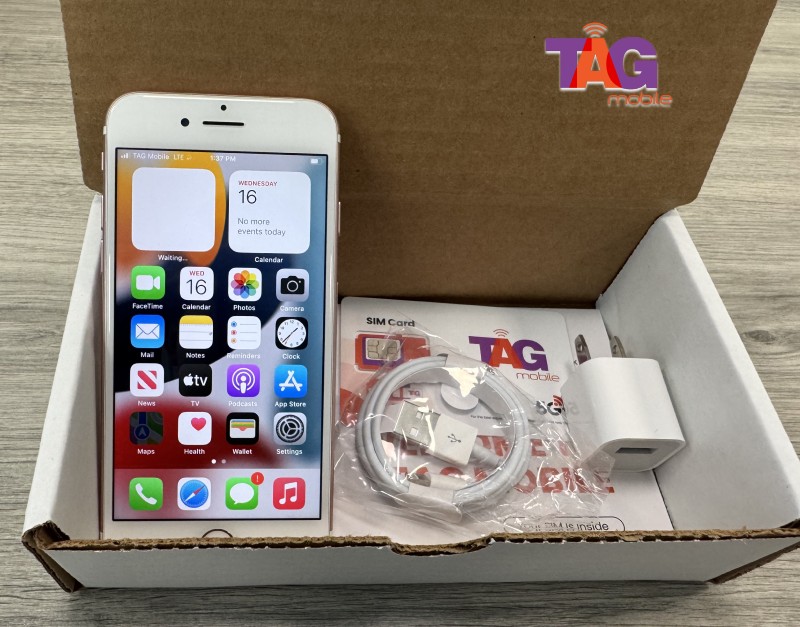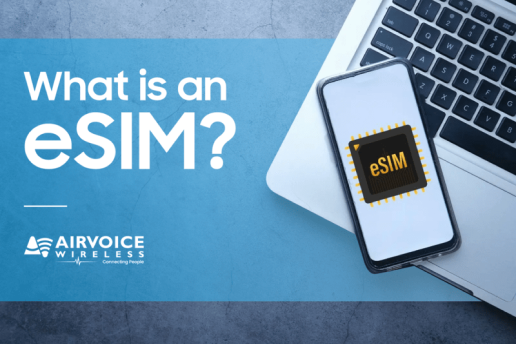Bridging The Digital Divide Today With Lifeline Program!
The digital gap is a worldwide phenomenon affecting individuals in all countries and urban and rural areas. However, it is most noticeable in rural regions, among low-income individuals, and in less developed nations.
As a result, business and government leaders have begun to prioritize bridging the digital divide. This article will examine the digital gap and how to address it.
1. What is the Digital Divide?
For those who wonder, “What is digital divide in simple words?”, it refers to the disparity between regions and demographics having access to contemporary information and communications technology (ICT) and those who have not or have limited access.
This technology may include telephones, televisions, computers, and internet access.
In broad terms, the digital divide is the gap between those with access to digital technology, such as the internet, and those without.

This disparity is especially evident in urban and rural regions, among the educated and the uneducated, and between nations with higher and lower levels of economic development.
Even among communities with access to technology, the digital divide may be seen in lower-performance PCs, slower wireless connections, lower-cost internet connections, and restricted access to subscription-based content.
>>> Also read: Get A FREE iPhone Today Through Government Support With Lifeline Program
2. What Are the Different Types of Digital Divine?
Several forms of digital divides affect our efforts to access the internet. Below are some of the most noticeable disparities in digital inequality:
2.1 Social Divide
Social media platforms, like Facebook or Instagram, foster interactions and social circles among people with similar interests.
More than ever, internet usage has altered social stratification among citizens, separating those who have access to the internet from those who do not. Non-connected groups are disadvantaged because they do not profit from the internet like connected groups do.
2.2 Gender Divide
The online gender gap is evident, particularly in underdeveloped nations. Though mobile connection is expanding rapidly, it is not spreading evenly. Women are still falling behind.
This gap division also perpetuates prejudices and exclusions resulting from the lower rates of women in STEM occupations and professions.
2.3 Universal Access Divide
Those with physical limitations frequently face barriers to internet access. Although they may possess the essential abilities, they cannot use the existing hardware and software.
Certain parts of the world will stay disconnected from the internet and its immense potential due to a lack of digital literacy skills, poor education, and insufficient broadband infrastructure.
3. What Are the Consequences of the Digital Divide?
Digital inequality has resulted in significant disparities across civilizations globally. This issue has caused some of the most vivid consequences, such as:
- Impact on education: The lack of adequate ICT has exacerbated the ineffectiveness of developing nations’ education systems. Additionally, it makes it challenging for both children and adults to obtain an education.
- Impact on society: Internet access offers people more opportunities, resulting in a societal split between those who are deficient and those who are enriched. Such division may cause social conflicts in places where the rich can access computers and the internet, but the poor do not.
- Impact on the economy: Ceding telecommunications services is critical for economic growth, and there is a strong linear relationship between them. Rich countries get, whereas developing nations cannot compete, forcing them to rely on subsidies and donations.
- Impact on culture: The industrialized countries’ cultures evolve dramatically as they absorb new cultures gained through the internet. Meanwhile, underdeveloped nations with little internet connection maintain their traditional cultures.
>>> Also read: Find Free Phone Stands Near Me With 6 SIMPLE Methods
4. Bridging the Digital Divide with the Lifeline Program
Have you ever wondered, “What is being done to reduce the digital divide?” In fact, several initiatives have been launched, notably the Lifeline program.
It allows eligible low-income people and households to use discounted phone plans and internet services.
For instance, low-income customers can receive a discount of up to $9.25 on their Internet bill. Those who live on tribal grounds may be eligible for an additional monthly discount of up to $34.25.

4.1 Eligibility Criteria
You need to fulfill one of these requirements to qualify for Lifeline benefits.
Based on income: Households with an income at or below 135% of the Federal Poverty Guidelines are eligible. Accepted proof may include a recent tax return, a benefit award letter, and/or pay stubs from the last three months.
Based on program participation: You may qualify if you participate in one or more of these federal programs. However, your state may require you to submit proof of enrollment, such as a benefit letter or program ID.
- Medicaid
- SNAP / EBT (Food Stamps)
- Supplemental Security Income (SSI)
- Veterans Pension or Survivors Benefit
- Section 8 Housing (Federal Public Housing Assistance)
- Tribal TANF
- FDPIR (Food Distribution Program on Indian Reservations)
- Bureau of Indian Affairs General Assistance
4.2 Application Steps
What distinguishes the Lifeline program is that, besides the Internet discount, you may also obtain a digital device, such as a free phone or tablet, from a Lifeline provider like TAG Mobile.
By providing a device to low-income participants, the Lifeline program reduces the cost of communication, bridging the gap and allowing more people to access Internet possibilities.
Follow these steps to start bridging the digital divide with the Lifeline program:
- Step 1: Go to TAG Mobile’s website and enter your ZIP code to confirm Lifeline availability.
- Step 2: Choose a plan and device that fits your needs -eligible customers may qualify for a free or discounted phone or tablet. Some popular models include iPhone 8, iPhone 12 Pro Max, Blu View 3, TCL Go Flip 2, Nokia 2760 Flip, Samsung Galaxy A71 5G, etc.
- Step 3: Fill out the form with your details, upload any required documents, and submit.
- Step 4: After approval from TAG Mobile and the National Verifier, your device will be shipped to you.

DISCLAIMER: The government does not cover device costs, only basic service through Lifeline. Any free or discounted devices, upgrades, or top-ups are limited-time TAG Mobile offers and may vary by state, eligibility, and availability. Terms and conditions apply.
Conclusion
To summarize, bridging the digital divide requires engaging on several fronts and implementing policies from various sectors. Countless digital divide campaigns are continually being launched to address this issue.
However, governments, corporations, and institutions worldwide will still need to find additional solutions to bridge these gaps and promote more access to digital technology.
Frequently Asked Questions
What is the digital divide in education?
The digital gap in education refers to students, instructors, and schools’ unequal access to crucial technologies and digital resources that promote learning. This gap impacts learning possibilities, particularly in online or technology-driven classrooms.
What are the solutions to the digital divide?
Expanding inexpensive Internet services, giving free or low-cost devices, and boosting access to digital literacy training are all potential solutions to the digital divide in the US. Government initiatives, educational programs, and charitable groups also play an essential role in closing the gap.
Who is affected by the digital divide?
The digital divide most often impacts low-income families, rural communities, and marginalized groups.






